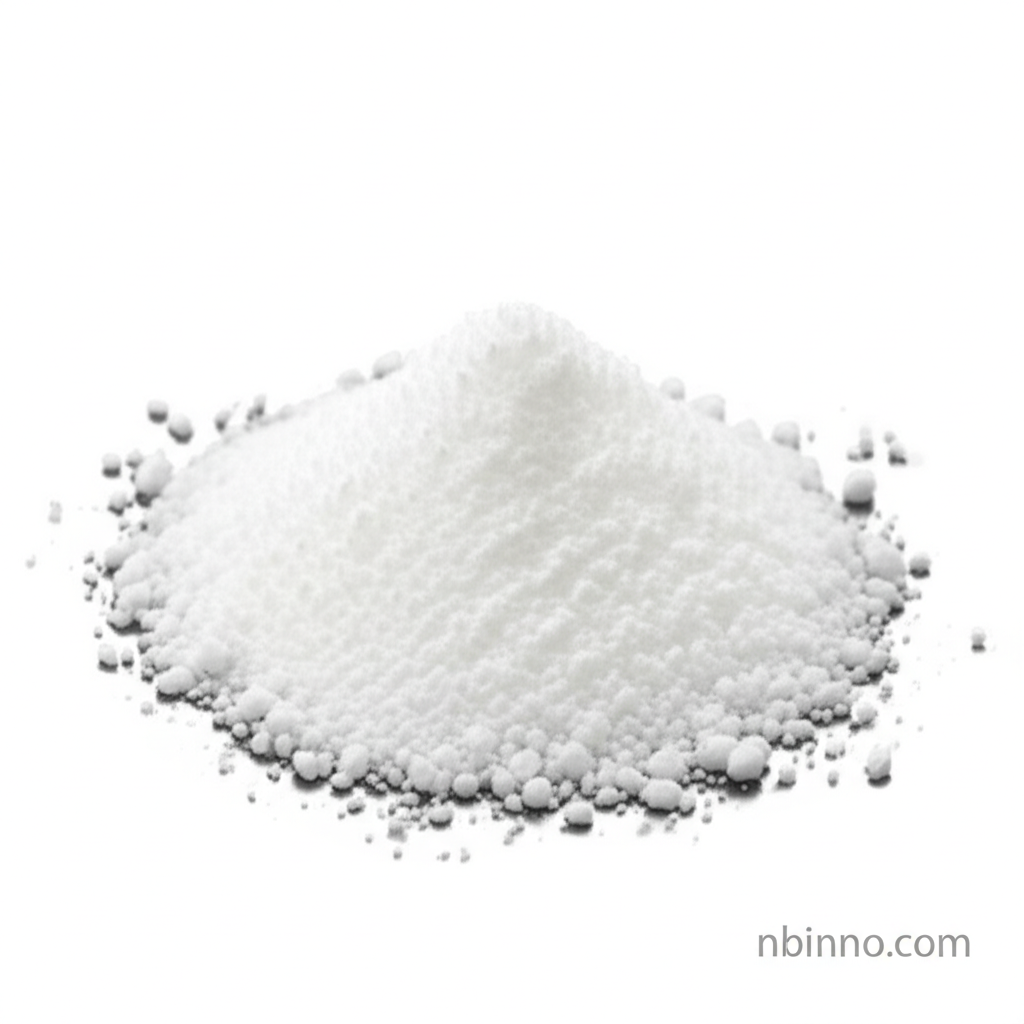L-Thiazolidine-4-carboxylic Acid: A Key Player in Peptide Synthesis
Discover the synthesis, properties, and diverse applications of this essential chiral amino acid derivative.
Get a Quote & SampleProduct Core Value

L-Thiazolidine-4-carboxylic Acid
L(-)-Thiazolidine-4-carboxylic acid is a vital chiral precursor widely employed in the field of organic synthesis, particularly for its role in peptide coupling reactions. Its unique heterocyclic structure, incorporating sulfur and nitrogen within a five-membered ring, offers distinct advantages in molecular design and biological activity.
- Explore the synthesis pathways for L-Thiazolidine-4-carboxylic acid to understand its efficient production methods.
- Leverage the unique properties of chiral amino acid derivatives in your research and development projects.
- Incorporate L-thioproline (CAS 34592-47-7) into your peptide chains for enhanced stability and functionality.
- Discover cost-effective options for buying L-Thiazolidine-4-carboxylic acid to support your ongoing research needs.
Advantages of Using This Compound
Enhanced Peptide Stability
The incorporation of this unique amino acid derivative can significantly improve the stability of synthesized peptides, a critical factor in drug design and delivery.
Versatile Synthetic Applications
As a key component in peptide coupling reactions, it offers researchers a reliable tool for creating complex peptide structures and exploring novel chemical entities.
Chiral Purity and Integrity
Maintaining chiral integrity is paramount in pharmaceutical development; this compound's defined stereochemistry ensures predictable biological interactions.
Key Applications
Peptide Synthesis
As a crucial building block, it is indispensable for synthesizing peptides with specific sequences and enhanced biological properties.
Drug Development
Its unique structure makes it valuable in creating novel pharmaceuticals, targeting specific receptors or enzymes for improved therapeutic outcomes.
Bioconjugation
This compound facilitates the attachment of biomolecules to surfaces or other molecules, crucial for advanced drug delivery systems and diagnostics.
Protein Engineering
It aids in modifying proteins to enhance their stability and functionality, playing a role in biotechnological advancements.
